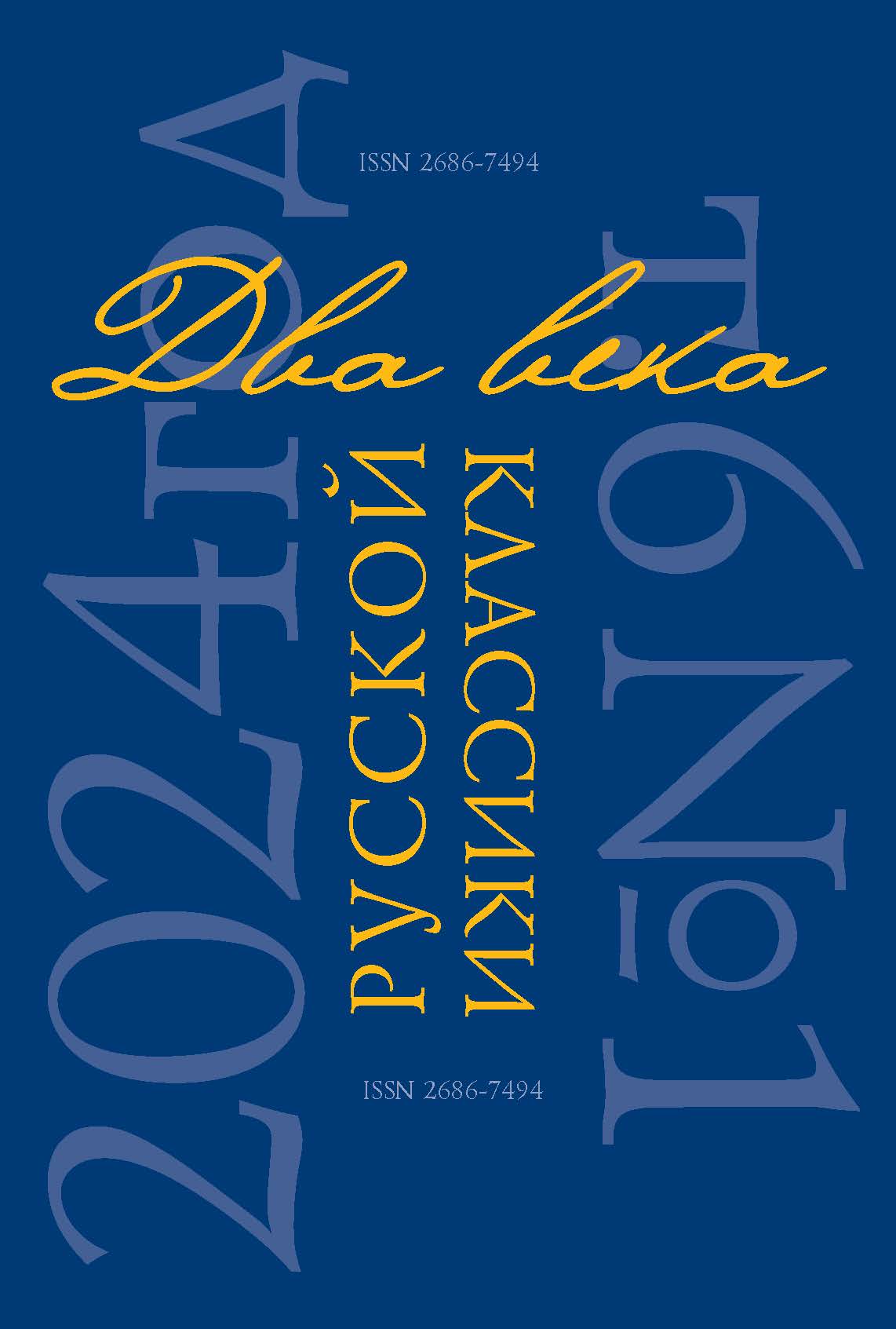Abstract:
The research focuses on the translation of Musset’s elegy “Lucie,” never published during A. A. Fet’s lifetime. The research is devoted to the clarification of the Russian poet’s translation skills and the analysis of the self-worth of his work. Of interest is the question of the time of work on the translation and the reasons for refusing to publish it. Directly influenced by A. de Lamartine, the elegy represents the “new lyricism.” The lyrical hero embodies his grief over the death of his first love, almost a girl, in melancholic musical verses. Another discovery was a new attitude to nature, to which the poet confides his melancholic feelings. The landscape turns out to be his best and closest companion. The structure of the elegy is characterized by repeated complaints; the first and final stanzas coincide. Fet revises the text and reduces some prolixities and divagations to achieve a more natural intimacy. Apparently, he worked on Musset’s elegy in the 1850s, when he found his own poetic language. In general, he managed to improve the text of Musset in some way, to clear the elegy of unnecessary digressions, long notes. As a result of a kind of competition, he creates a poetic masterpiece that is not inferior to the original.
References
Bogomolova, E. S. Filosofsko-esteticheskoe svoeobrazie elegii Al’fonsa de Lamartina v kontekste khudozhestvennykh iskanii romantizma: avtoref. diss. … kand. filol. nauk [Philosophical and Aesthetic Originality of the Elegies of Alphonse de Lamartine in the Context of Artistic Search for Romanticism: PhD thesis, summary]. Moscow, 2006. 20 p. (In Russ.)
Domanskii, V. A., Kafanova, O. B. Khudozhestvennye miry Ivana Turgeneva [Artistic Worlds of Ivan Turgenev]. Moscow, Flinta Publ., 2018. 451 p. (In Russ.)
Pinkovskii, V. I. “Elegiia ‘Ozero’ A. de Lamartina kak voploshchenie ‘novogo lirizma’.” [“Elegy ‘The Lake’ by A. de Lamartine as an Embodiment of ‘New Lyricism’.”]. Filologicheskie nauki. Voprosy teorii i praktiki. Tambov, Gramota Publ., no. 7 (85), part 2, 2018, pp. 255–259. (In Russ.)
Vaillant, Alain. La crise de la litterature. Romantisme et modernite. Grenoble, UGA Editions Publ., 2019. 395 p. (In French)









